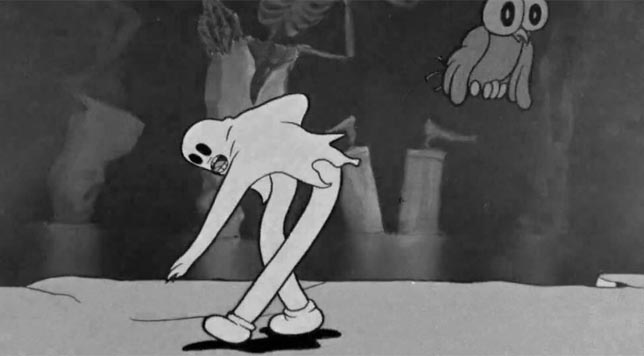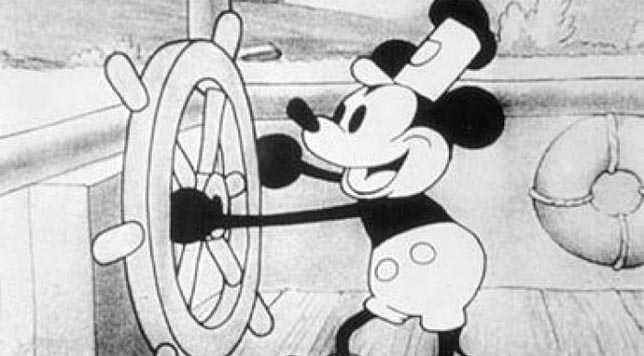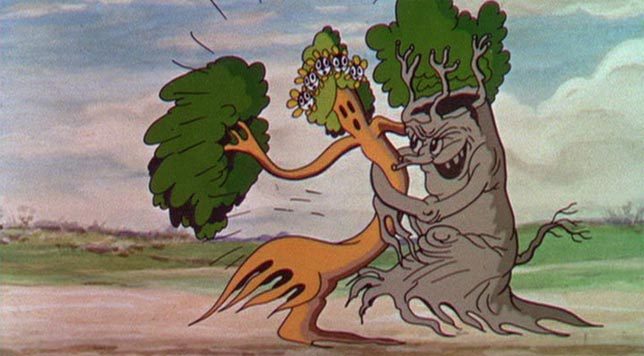Porky in Wackyland (1938). 7 minutes. Directed by Bob Clampett. Starring Mel Blanc (as Porky Pig and the Dodo). Animated by Norman McCabe, I. Ellis, Vive Risto, John Carey, and Robert Cannon. Layouts by Bob Clampett. Backgrounds by Elmer Plummer. Music by Carl W. Stalling. Produced by Leon Schlesinger.
Porky in Wackyland is one of only a handful of Warner Bros. cartoons that the U.S. Library of Congress has designated as “culturally, historically, or aesthetically significant” and selected for preservation in the National Film Registry. Its title may make it seem like a bit of a stale joke that is trying too hard; the word “wacky” always sounds like a marketing department’s corny way of exaggerating a movie’s quirky inscrutability in order to sell it as a wild ride that is in reality not so wild. Porky in Wackyland is legitimately zany, yet because it draws on Lewis Carroll’s Alice’s Adventures in Wonderland (1865) among other cultural touchpoints, the cartoon … Read the rest







